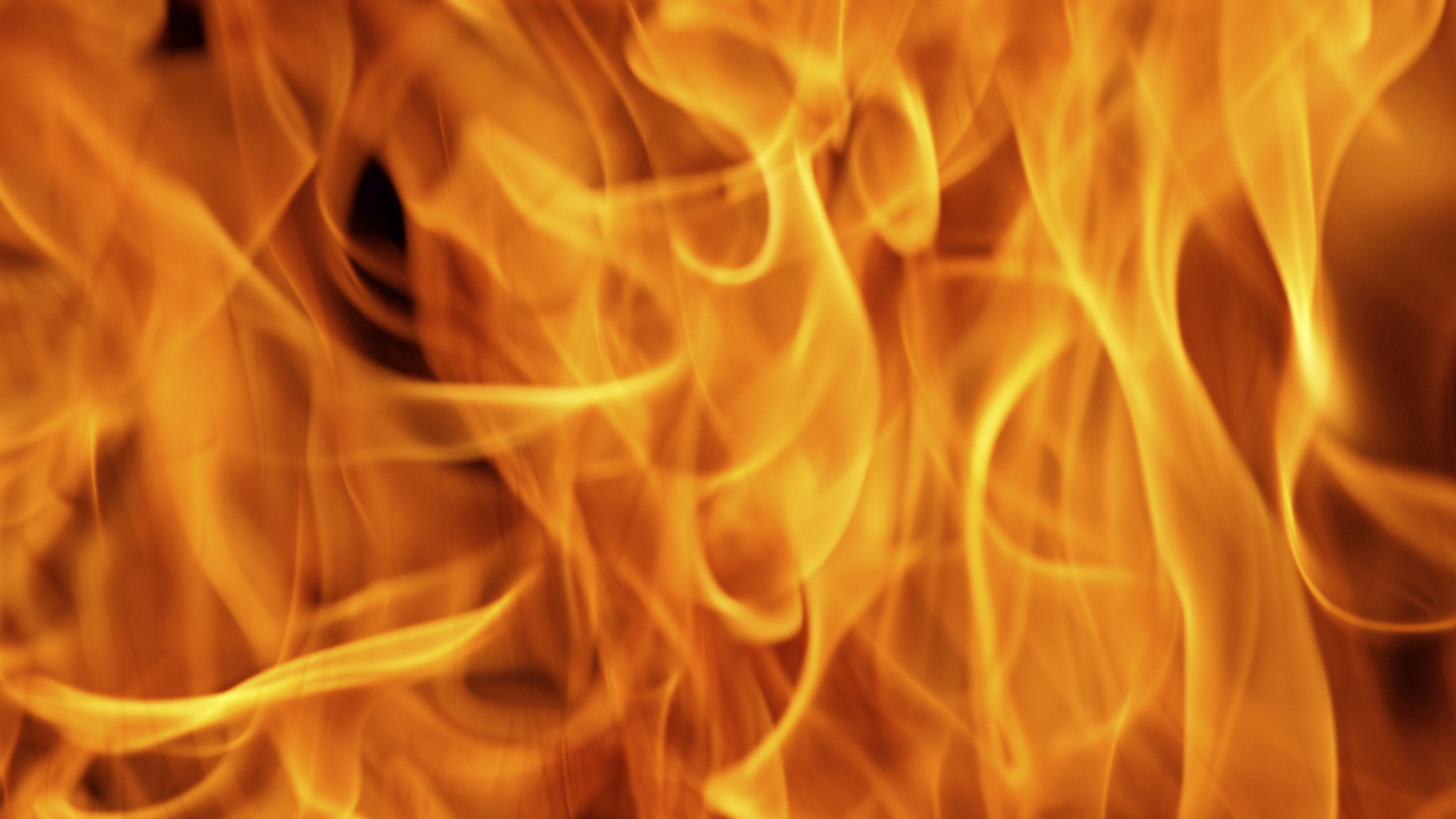This is how fast it goes
It is 2:30 in the morning. You just got home from a party, you are tired, and you have been drinking. Your beer-soaked shirt is drying on the heater and your sandwich press is warming up in the kitchen. In your room, you collapse on your couch with a glass of water and open up your laptop.
In the Netherlands, there are 4,000 house fires a year – more than 11 a day. Most fires start in the kitchen, but short circuits, candles, and old-fashioned heaters are also common causes.
It happened again in Groningen last week. Last Friday, the fire department sent several trucks to the student flat at the Van Houtenlaan after a frying pan caught fire. When they arrived, the fire had already been put out. One student suffered a few burns to his arm.
But it could have been much worse. Last week Tuesday, 19-year-old student Laurens Lo was killed by a fire in his house at the Plantsoenstraat. The fire started when he was cooking. Laurens suffocated from the smoke. He is not the only one. On average, one person a week is killed in a house fire. It happens approximately 50 times a year.
This is how fast it goes
It is 2:31. As you wait for your snack, you read an article on Facebook and browse photos of the party you just came back from. You smile. You have no idea what is happening in the kitchen. Your sandwich maker should be fine. You think. But think again. Something is amiss…
When it does go wrong, a smoke alarm can be a lifesaver. However, in many houses, smoke alarms are not mandatory. Since 2012, the national fire safety requirements only apply to houses where five or more rooms are rented out, says Eisse Veldthuis, spokesperson for the municipality of Groningen. ‘Smaller houses are seen as normal residences. Those are not subject to fire safety requirements. The owners themselves are responsible.’
Incomprehensible, says Willy Lambeck. Lambeck is supervisor of risk management with Veiligheidsregio Groningen, a provincial collaboration of rescue services such as the police and the fire department.
He holds information meetings on fire prevention and regularly checks the fire safety in student houses. ‘That should really be mandatory for all places where students live. But the government is not getting involved. It takes a disaster before someone does something.’
In smaller houses, the owners themselves are responsible, but Lambeck finds it hard to imagine there are landlords who let it come down to that. ‘If someone calls to say there was a fire at a building you rent out, your first concerns should be for the people who live there. If I were a landlord I would not be able to sleep at night if I knew for sure that I had done everything in my power to make them safe. Luckily most landlords feel that way too.’
This is how fast it goes
Has the cheese melted yet? You take another sip of water and continue reading. You are unaware that your sandwich maker has short-circuited and caught fire. The smouldering fire in the kitchen is quickly causing a lot of smoke. Toxic fumes are being released and spreading through the entire house. You do not smell anything, but you are slowly losing consciousness.
But the tenants do have to cooperate, says Lambeck. ‘I often encounter houses without working smoke alarms’, he says. ‘The student knocked them off the ceiling with a hockey stick or removed the batteries. Or there’s a mattress standing in the hall. If that catches fire, your chances of survival are practically zero. And yet it’s really difficult to make young people and students understand the severity of this when it concerns their own safety.’
Few people realise how fast it can go. Student houses with cheap furniture can burn up especially fast. Fabric couches, thin wood, a lot of glue, bicycles and other stuff blocking the halls and doorways.
It is not necessarily the fire that poses the greatest danger. The toxic fumes that are released are the foremost cause of death. ‘It’s warm, oxygen is low. And a fire releases toxic gases such as carbon monoxide and cyanide’, according to Lambeck. ‘A smoke alarm and a way to get out of the house aren’t even enough.’
This is how fast it goes
If a fire had broken out at the start of this article, you would be dead by now. That is how long you have been reading this article. It is also approximately how much time you have to leave your house if there is a fire. The fire would probably not be apparent from outside the house yet, but few people are killed by the actual flames during a house fire.
The toxic fumes released are the most dangerous, and that is why smoke alarms are essential. When you are asleep, you cannot smell anything. But the noise from the alarm will wake you up.
For more information, watch this video about a fire test done by the Brandwondenstichting.




